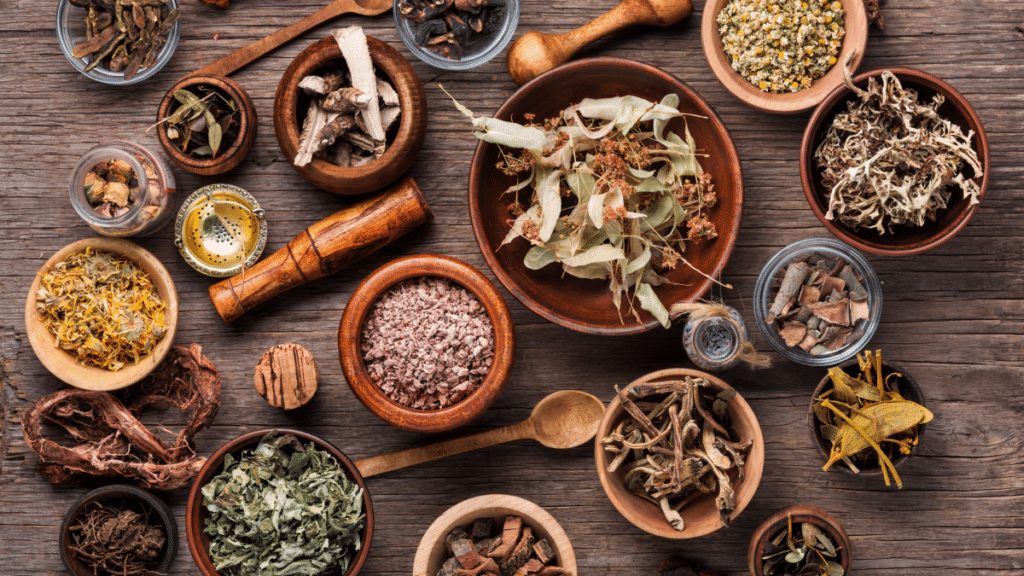At the supermarket, we have an impressive choice of spices and herbs and a bonanza of blends, but have you ever considered where they come from or what else might be in your culinary kick?
Mercury, it's an extraordinary planet, but not so cool when it's in your taco spice mix.
In 2021, Consumer Reports tested 126 spice and herb products from popular brands such as McCormick, Trader Joe’s, Great Value (Walmart), and Whole Foods. The study aimed to determine the levels of arsenic, cadmium, lead, mercury, and Salmonella species in 15 popular and commonly consumed spices and to assess any associated health risks.
The ugly truth of the study found that a third of the spices tested contained heavy metal levels high enough to raise health concerns. Lead levels were so high in 31 products that they exceeded the maximum amount anyone should have daily. – yikes!
Of issue across several brands were basil, cumin, ginger, paprika, and turmeric and of all the products tested, ginger, oregano, and thyme had the most alarming levels in the report.
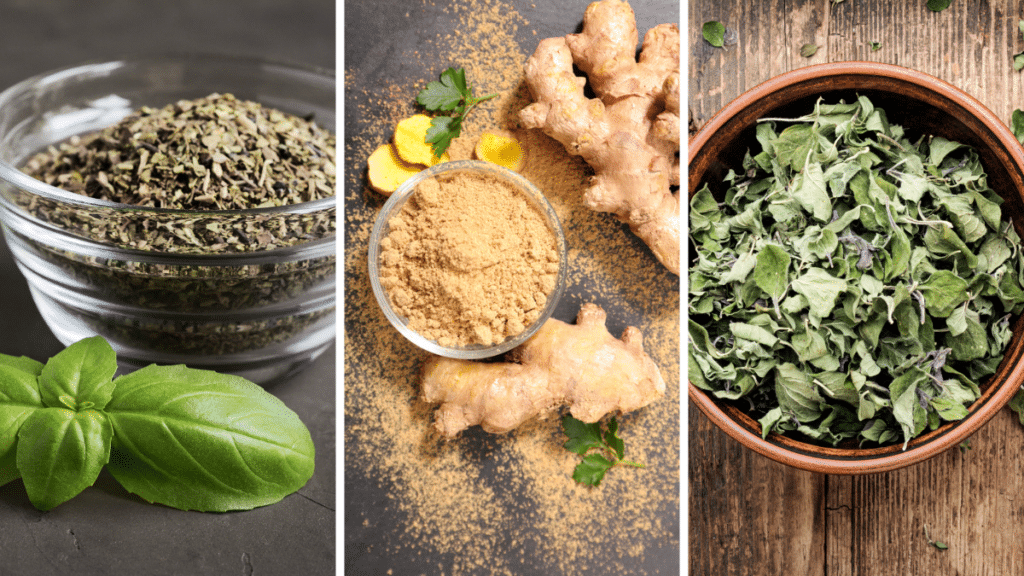
A single herb or spice used once is unlikely to cause harm, but it can build in the body over time with repeated exposure. Heavy metals in foods can cause serious health issues, including damage to the central nervous and immune system in adults, behavioral problems, and a negative impact on brain development in children.
A global look at herbs and spice sources
The popularity of ethnic cuisines and growing awareness of the health benefits of spices and herbs has made them one of the highest-traded food products across the world; a market valued at US$4 billion.
Spices and dried herbs are sourced from all over the world. Thyme and oregano are primarily sourced from countries like Turkey, Greece, and Mexico, with long histories of growing and exporting herbs and spices. These are the other major global producers.
- India: India is one of the world’s largest producers and exporters of spices, with a diverse range of spices grown across the country. Some of India’s most commonly exported spices include cumin, coriander, turmeric, and black pepper.
- Indonesia: Indonesia is a major producer of cloves, nutmeg, and mace. These spices are primarily grown in the Maluku Islands, also known as the Spice Islands.
- China: China is a significant producer of many spices, including ginger, garlic, and Szechuan pepper. China is also a significant exporter of dried herbs such as chives and parsley.
- Europe: Various European countries are known for producing specific spices, such as Spain for paprika and Italy for basil and oregano.
- Middle East: The Middle East is a major producer of spices such as cinnamon, cardamom, and saffron.
- South America: South America is known for its production of spices such as paprika and cumin and herbs such as parsley and cilantro.
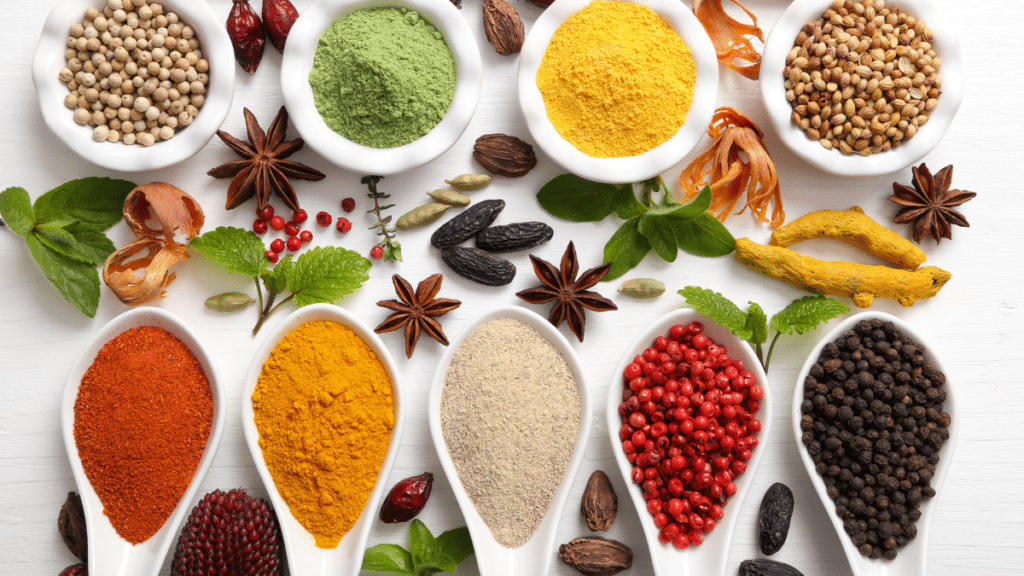
Traceability - this may leave you with a bad taste in your mouth
Traceability in dried spices refers to the ability to track the product’s journey from the farm to the table. It’s complex in the spice and dried herb food chain, where multiple levels are involved in the supply chain cycle, from farming, drying, and dispatching.
But it’s not just about safety – traceability also lets us make informed decisions about the products we buy. We can find out if our spices were grown organically if the farmers were paid fairly, or if they were processed in a way that aligns with our values.
Companies that sell spices/dried herbs typically work with a group of farmers or Farmer Producer Organizations (FPOs) who help small producers ensure better income as a collective. Manufacturing companies have very little to no control over the farm practices they purchase from.
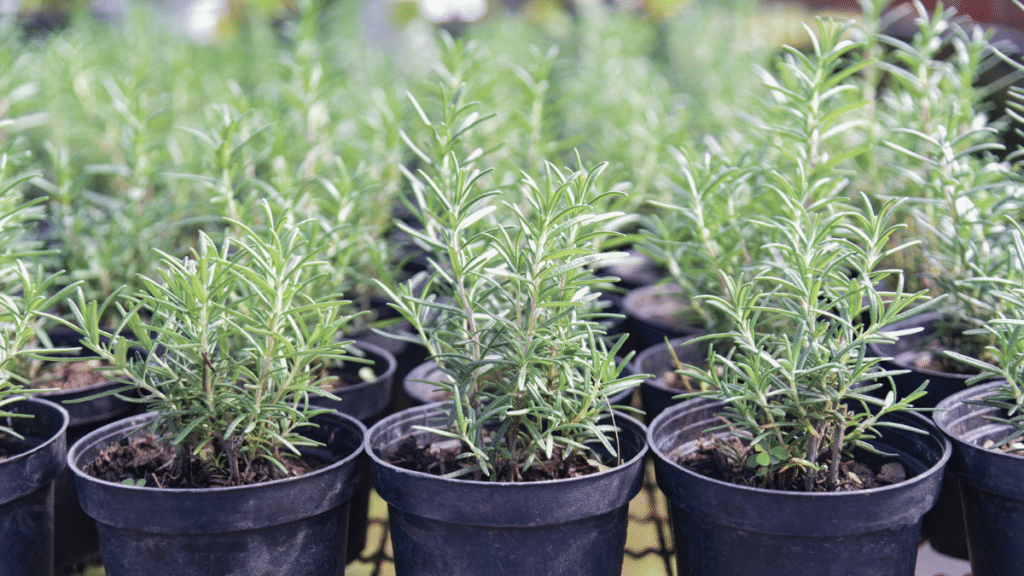
One of the main reasons why the traceability system for dried herbs and spices is broken is the complexity of the supply chain. Most of these ingredients are sourced from small-scale farmers and producers worldwide and pass through multiple connections before reaching the end consumer; this can make it difficult to trace the origin of a particular batch of herbs or spices and ensure it has been grown and processed safely and sustainably.
Another issue is the lack of regulation and oversight in the industry. While some countries have strict rules and standards for producing and labeling dried herbs and spices, others do not. This can lead to inconsistencies in labeling and quality and make it difficult for you as a consumer to know what you are really getting.
Would you like some salmonella with that?
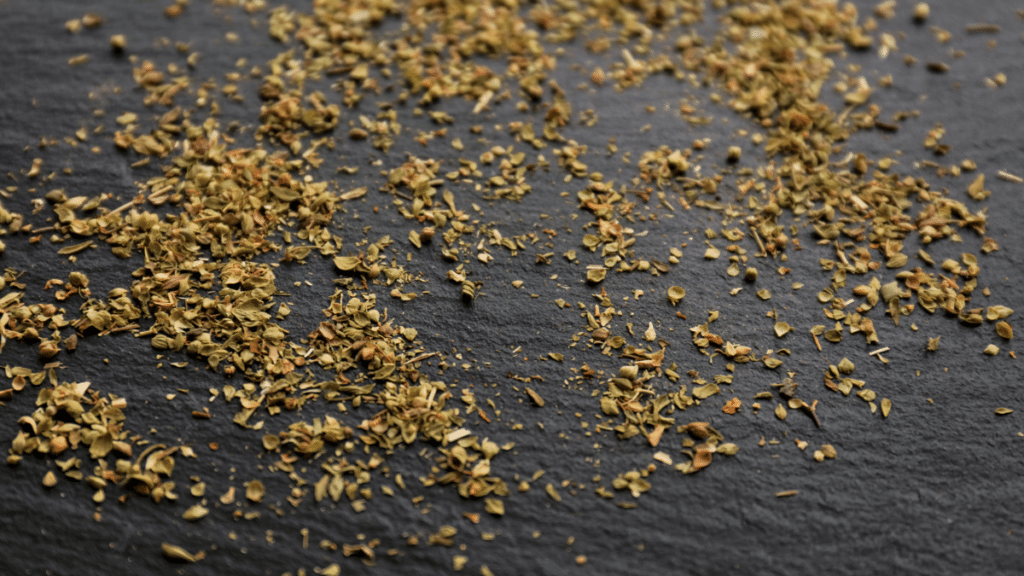
Adulteration- big word, even bigger problem
Fraud in the global food supply chain is becoming increasingly common. Spices are high in value, and are often sold in ground or powdered form, making them a prime target for adulteration. Particularly for herbs like oregano and thyme (there they are on the hit list again), where cheaper or inferior substances are substituted in part or treated to enhance their appearance.
In 2016/17, the Canadian Food Inspection Agency (CFIA) ramped up its inspection of spices/herbs sold in Canada to detect products that have been adulterated by other ingredients. They conducted 925 tests on 304 samples and found that nearly one-third of spices sold in the country did not conform to the list of ingredients posted on product labels. An even more shocking study by Queen’s University Belfast revealed that almost 90 percent of oregano samples contained at least one bulking agent. These are commonly olive leaves, myrtle leaves, yellow soap stone powder and sawdust.
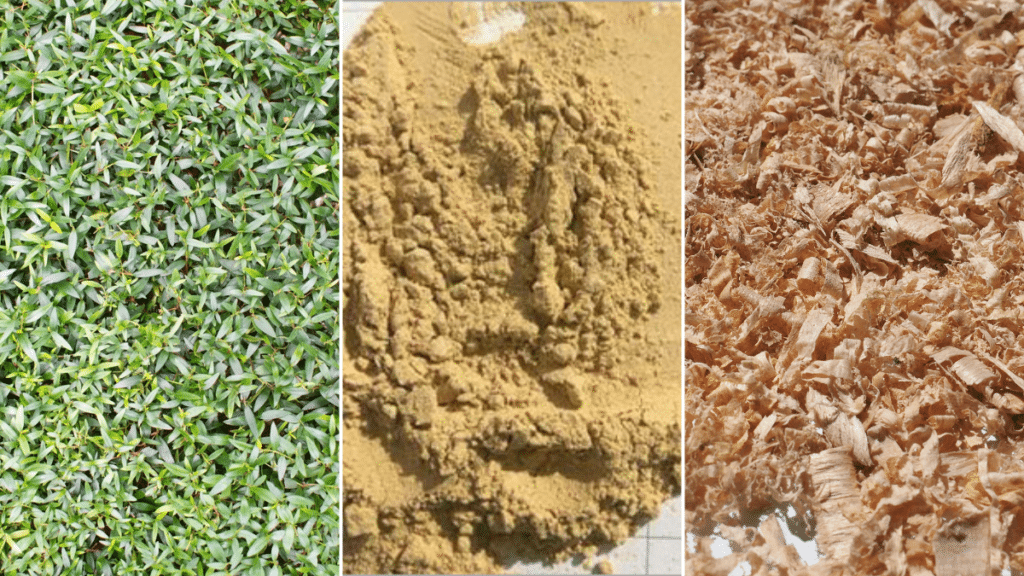
Know your food source.
By now, you probably get the picture. Until better regulations come into place, your spice supplies could be sketchy.
One solution is to support brands and producers that prioritize transparency and sustainability in their sourcing and supply chain. Look for third-party certification programs like Fair Trade or Organic. Avoid buying powdered spices sold loose and do not buy spices with extra shine and bright colors as they are more likely to be adulterated.
Another solution is to grow your own hydroponically, of course!
We may be biased on this, but at ZipGrow, we believe fresh is best, and when you grow indoors, you can be sure that they are clean crops free of pesticides and chemicals; you can also enjoy fresh herbs year round.
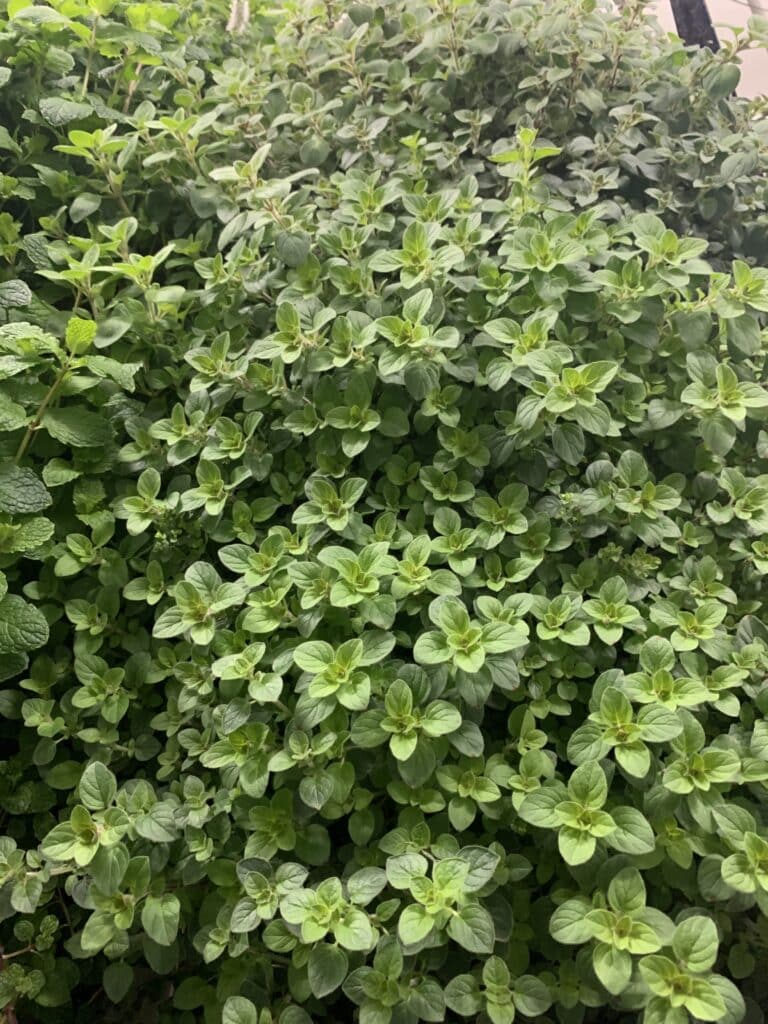
The good news, especially if you are new to hydroponics, is that oregano and thyme (those high on the list of contaminants and fraud) are two of the easiest herbs you can grow indoors hydroponically at home or in a commercial indoor farm.
Our “Best Crops for Hydroponics Guide” includes some tips for starting these crops, with suggested ranges for EC and Ph levels. Other varieties that grow well in ZipGrow Towers include basil, mint, and rosemary.
Remember the Pepsi challenge?
We did our own version.
Basil grows so fast in the Towers in our research ZipFarm™
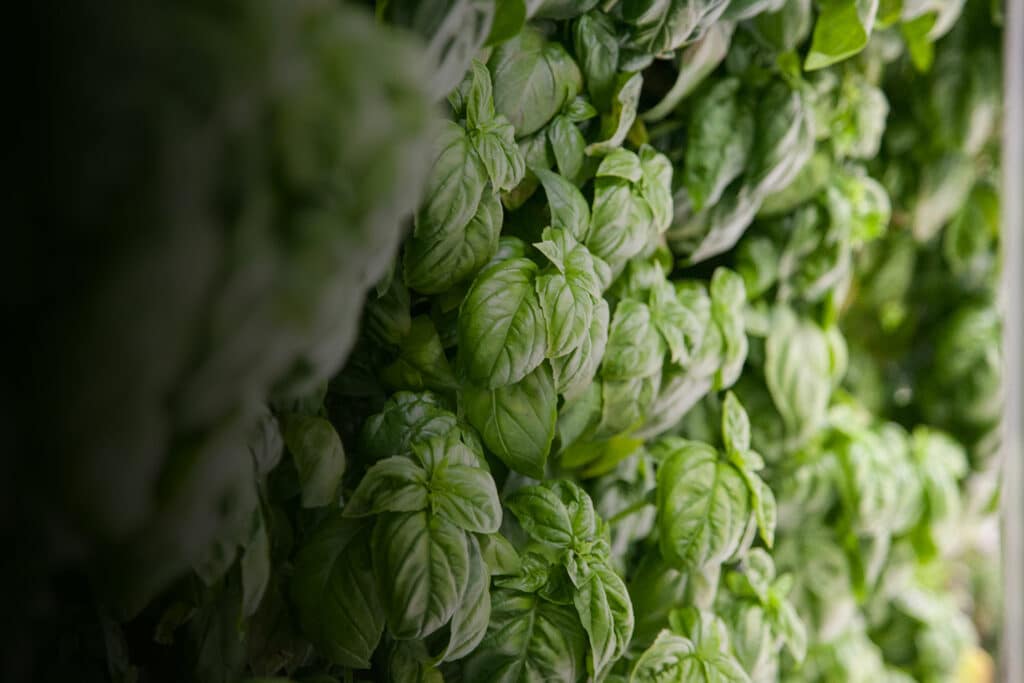
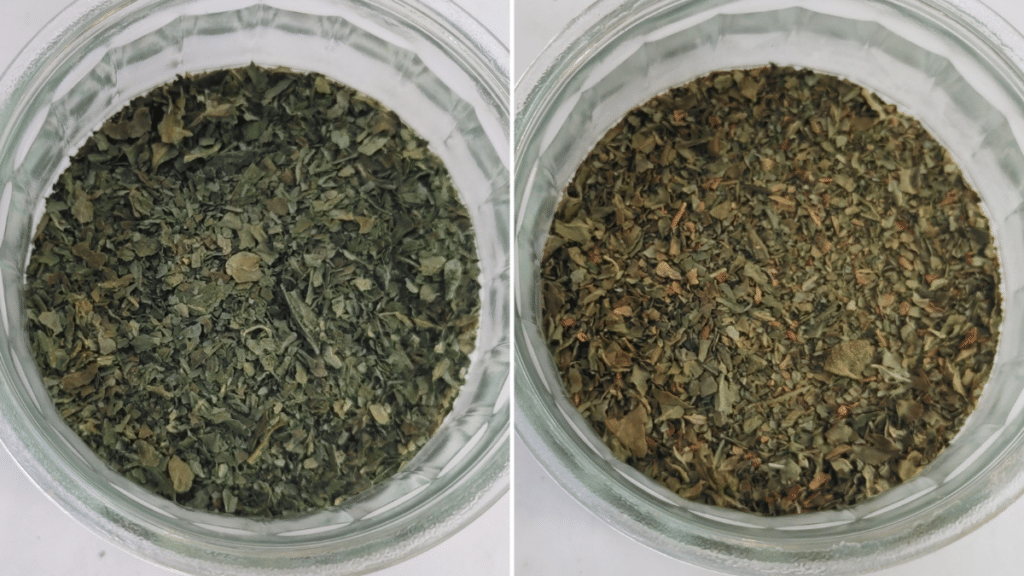
Which one would you pick? Would you be willing to pay more, knowing that you are getting what you paid for?
Find the thyme to dry your own!
Dried herbs and spices are like kitchen superheroes – they may be small but they pack a punch!
Check out our blog on drying herbs – we have a few simple methods to get you started.

By growing your own herbs and spices indoors with hydroponics, you’ll have a constant supply of fresh, flavorful ingredients to use in your cooking. Many of our customers grow herbs all year round in their ZipGardens and Farm Walls. Plus, it’s a fun and rewarding hobby that can help you feel more connected to your food and where it comes from.

